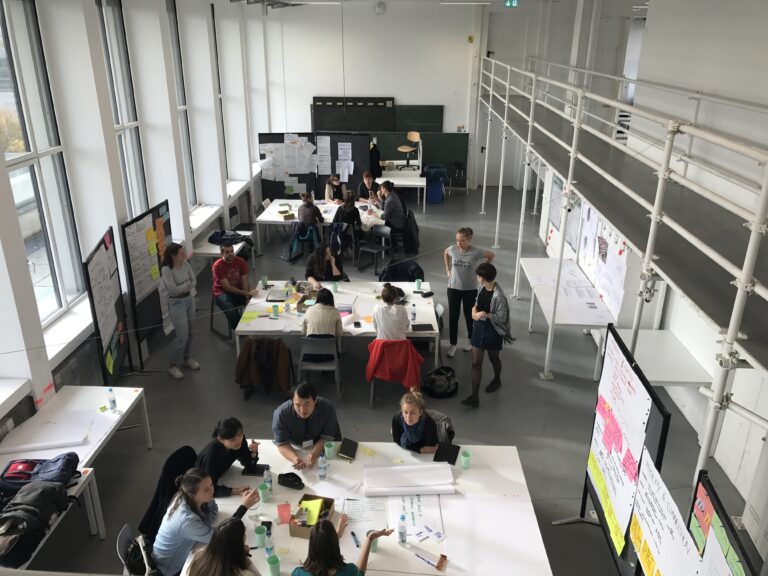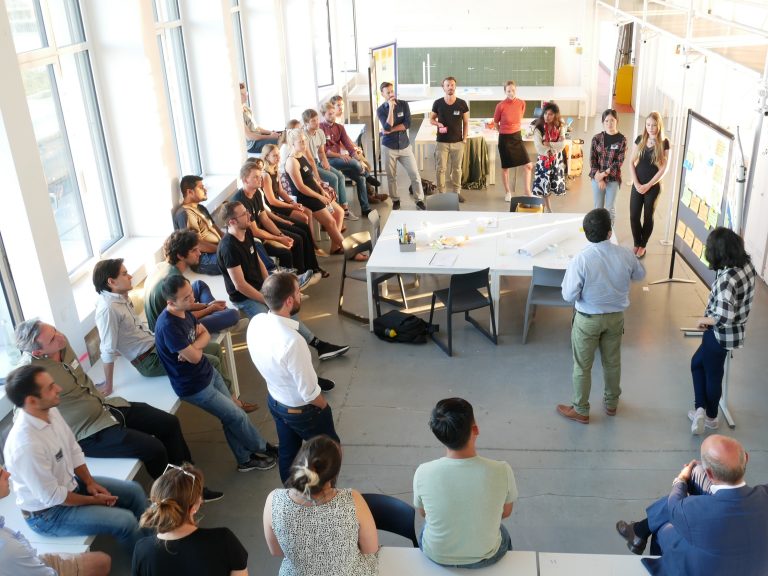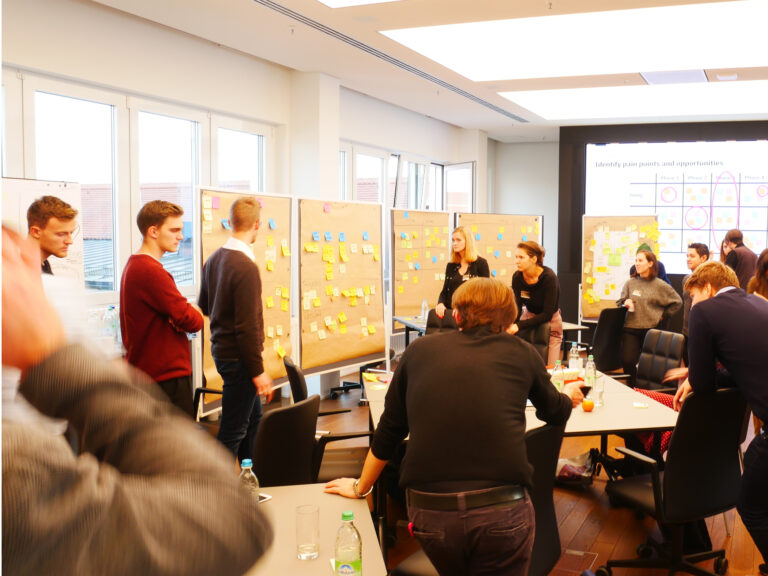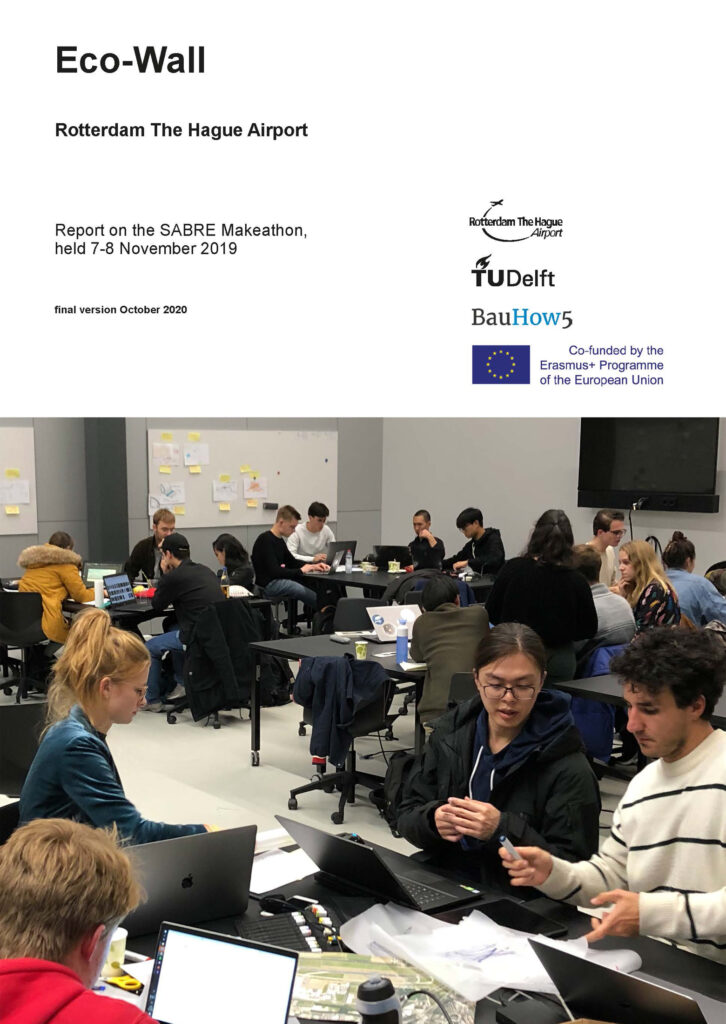The output will develop a bridge between education in the field and entrepreneurial thinking from other disciplines. It will offer a vital contribution to the integration of managerial skills into second-cycle education, and also raise the awareness about the importance of entrepreneurial skills among the architectural profession to enter existing and new markets. Architectural entrepreneurship is related to the applied theory of architectural programming and thinking, which has so far not been systematically taught at European universities. With the rising complexity of buildings, the importance of the early stages of a project, prior to design/planning, needs to be emphasized more strongly. The aim is to demonstrate how architects and related professionals can better become part of the decision-making processes with stakeholders, by acting as entrepreneurs. The aim is to demonstrate how architects and related professionals can better become part of the decision-making processes with stakeholders, by acting as entrepreneurs.
The output will primarily be based upon four structured, competitive, rapid and collaborative innovation methods taken from other disciplines/industries, which will be tested here for their suitability in the context of Architecture and the Built Environment. These methods are rarely used within education in the field, while, at the same time, managerial disciplines are looking out for design thinking from the architectural/built environment. Hence the output aims to overcome the boundaries between disciplines and nurture interdisciplinary collaboration and co-creation. The applied methods to be investigated are:








